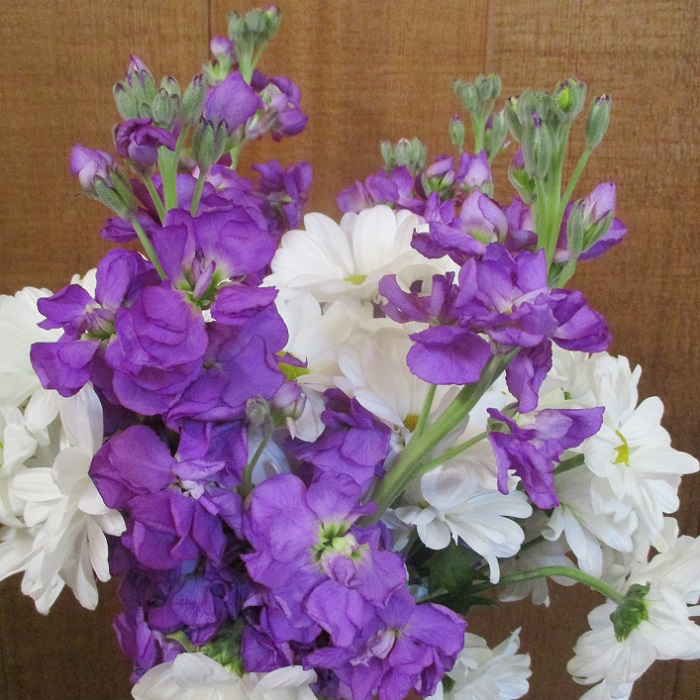UNITED STATES—‘Chill’ could almost be a pleasant euphemism for ‘frost’. Both words describe cool or cold weather that occurs during winter. The obvious difference is that one is good, and one is bad. Chill is a minimum duration of cool weather that some plants require through winter to maintain their schedules. Frost is weather that is cool enough to damage some plants.
This technical difference is that chill is at or below forty-five degrees Fahrenheit (≤45°F), and frost is at or below thirty-two degrees Fahrenheit (≤32°F). That is a difference of only thirteen degrees Fahrenheit (13°F), just above the freezing temperature of water. Climate and weather are simply not cooperative enough to comply to such precise technicalities.
Climates that provide sufficient chill for many plants that require it are also likely to inflict frost on occasion. Where chill is sufficient for most plants that need it, frost is likely much too severe for plants that are sensitive to it. Climates that lack frost are unlikely to provide enough chill for plants that need just a bit. High chill apples and oranges should not mix.
“Just chill” is an understatement.
Of course, just as various chill dependent plants require various degrees of chill, various frost sensitive plants tolerate various degrees of frost. Some orange cultivars can survive frost as cold as twenty-five degrees Fahrenheit (25°F) within climates that low chill apple cultivars are happy with. Angel’s trumpet though, succumbs as soon as ice crystals form.
It is helpful to know which plants are sensitive to frost, even in frostless climates. Tropical plants might get rather pallid when the weather is too cool for too long, even if frost is not a direct threat. Potted plants are more susceptible to frost damage than they would be in the ground, but can migrate to sheltered situations. Some can be temporary houseplants.
Frost naturally limits the selection of plants. Various tropical plants that are appropriate to frostless climates are not appropriate for climates with harsh winter weather. That can be confusing with so many distinct climates within such minimal proximity. Coastal, inland, mountain, and all climates are so very different from each other.
Highlight: Stock
This is one of those annuals that could be a short-term perennial if it gets the opportunity to do so. In most climates, stock, Matthiola incana, is a popular warm season annual that relinquishes its space to cool season annuals before it gets too worn in autumn. Locally, because it does not mind mild frost, it is more popular as a cool season annual for winter.
Floral color ranges through both pale and rich pastels of purple, red, pink, yellow, cream and also pure white. Flowers may be single or double. In close proximity, bloom is richly fragrant. Foliage is light grayish green. Individual leaves are somewhat narrow. Removal of deteriorating floral stalks before they develop seed pods prolongs subsequent bloom.
Many garden varieties of stock stay relatively low and compact. Some may get no higher than a foot. Florist varieties that produce long stems for cutting might get as high as three feet. Overgrown plants get shabby after a primary season, but may regenerate from hard pruning. However, secondary growth is generally irregular and likely marginally reliable.
Horticulturist Tony Tomeo can be contacted at tonytomeo.com.






